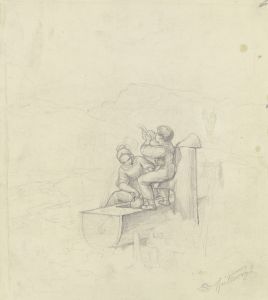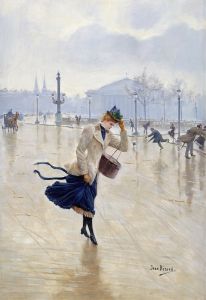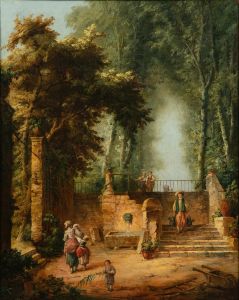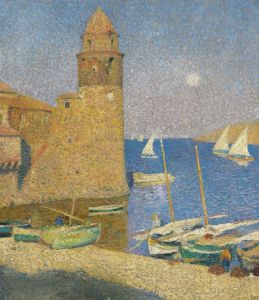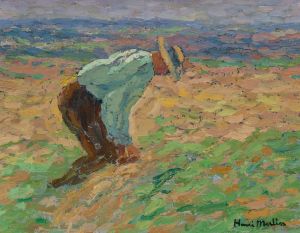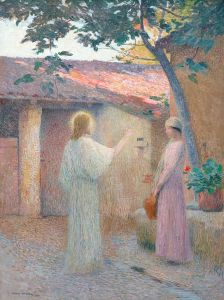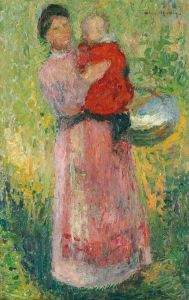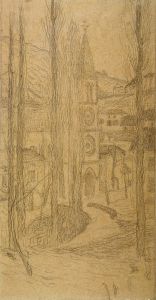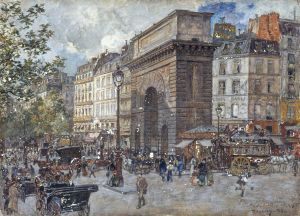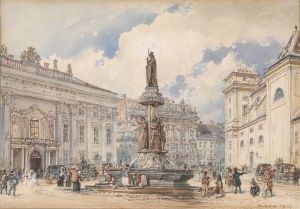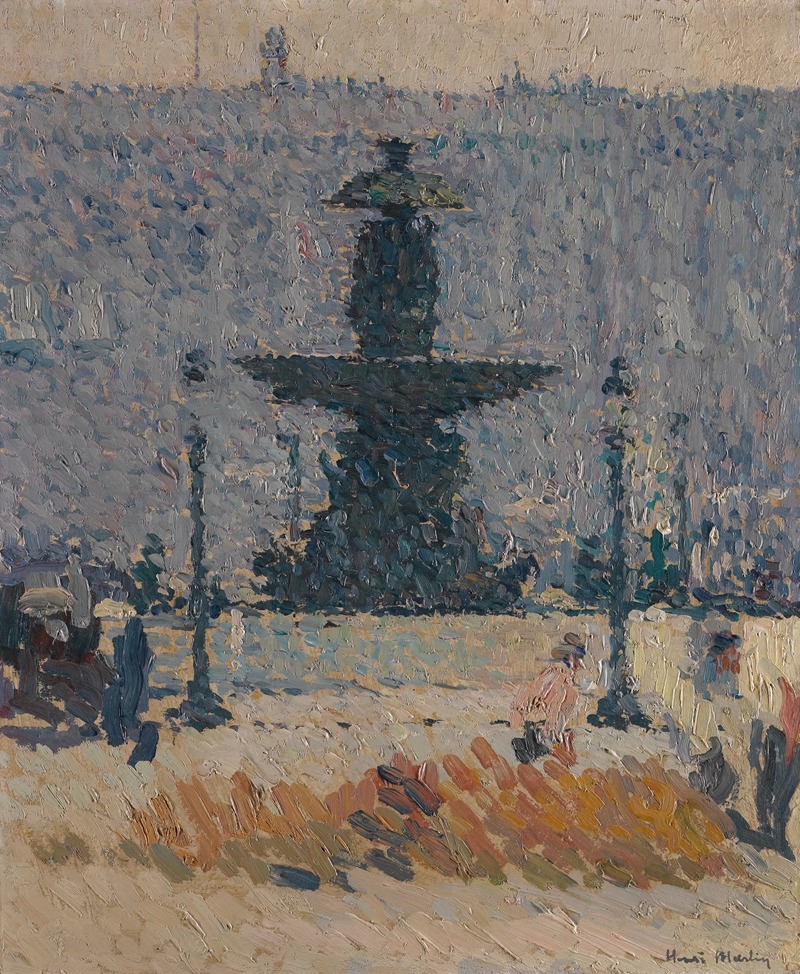
Une Des Fontaines De La Place De La Concorde À Paris
A hand-painted replica of Henri Martin’s masterpiece Une Des Fontaines De La Place De La Concorde À Paris, meticulously crafted by professional artists to capture the true essence of the original. Each piece is created with museum-quality canvas and rare mineral pigments, carefully painted by experienced artists with delicate brushstrokes and rich, layered colors to perfectly recreate the texture of the original artwork. Unlike machine-printed reproductions, this hand-painted version brings the painting to life, infused with the artist’s emotions and skill in every stroke. Whether for personal collection or home decoration, it instantly elevates the artistic atmosphere of any space.
Henri Martin's painting "Une Des Fontaines De La Place De La Concorde À Paris" is a notable work that captures one of the iconic fountains located in the Place de la Concorde, one of the major public squares in Paris, France. Henri Martin, a French painter born in 1860 and active until his death in 1943, is known for his contributions to the Post-Impressionist movement. His works often reflect a keen interest in light and color, characteristics that are evident in this particular painting.
The Place de la Concorde is historically significant, being the largest square in Paris and a site of numerous historical events. It was designed in 1755 by Ange-Jacques Gabriel and originally named Place Louis XV to honor the then-reigning king. During the French Revolution, it was renamed Place de la Révolution and became the site of the guillotine where King Louis XVI and Marie Antoinette, among others, were executed. The square was later renamed Place de la Concorde as a symbol of reconciliation.
The fountains in the Place de la Concorde, designed by Jacques Ignace Hittorff in the 19th century, are celebrated examples of neoclassical fountain design. There are two fountains: the Fountain of River Commerce and Navigation to the north and the Fountain of the Seas to the south. Martin's painting likely depicts one of these two fountains, capturing the intricate details and the dynamic play of water, which are characteristic of Hittorff's design.
Henri Martin's style is often associated with the Symbolist movement, and he was influenced by the works of the Impressionists, particularly their use of light and color. His technique involved the use of small, distinct brush strokes that blend optically to create a luminous effect, a method that aligns with the Pointillist approach. This technique would have been particularly effective in depicting the reflective surfaces and the movement of water in the fountains.
Martin's work is known for its serene and contemplative qualities, often depicting idyllic landscapes and scenes imbued with a sense of tranquility. In "Une Des Fontaines De La Place De La Concorde À Paris," he likely employs these techniques to convey the harmonious interaction between the architectural elements of the fountain and the natural environment of the square.
Throughout his career, Henri Martin received numerous accolades, including the Grand Prix at the Exposition Universelle in 1900. He was also a member of the Institut de France and was awarded the Legion of Honor. His works are held in high esteem and are part of numerous public and private collections, reflecting his significant contribution to French art.
While specific details about the painting "Une Des Fontaines De La Place De La Concorde À Paris" may not be extensively documented, it stands as a testament to Martin's skill in capturing the essence of Parisian landmarks through his unique artistic lens. His ability to blend the vibrancy of urban life with the timeless beauty of classical architecture continues to resonate with audiences today.





